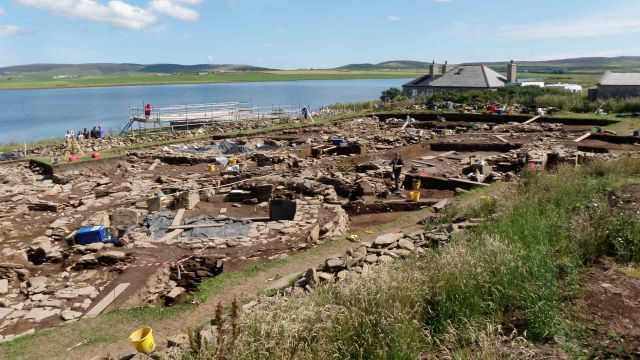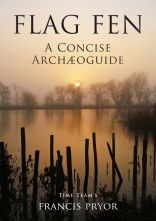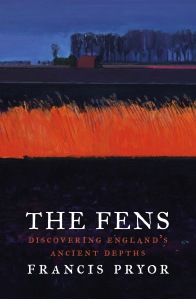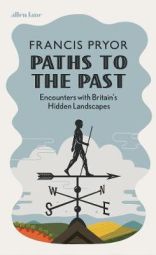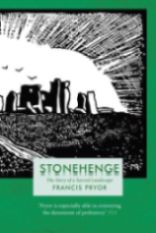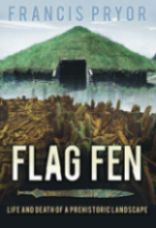Orkney is an archaeologist’s paradise. It’s as simple as that. If there is such a thing as the After Life, that’s where I want to find myself. Conversely, Hell is somewhere with no history at all – and right now I can’t think where that might be, which is maybe why it would indeed be hellish.
Our flight landed in driving rain and horrendous cross-winds and the pilot deserved a round of applause. Then I got wet crossing the tarmac to the Kirkwall Airport Terminal. I got even wetter unloading the taxi at the hotel, which overlooked the fabulous Loch of Harray, not that I could see it through the fog and murk. The hotel was excellent and I drank rather more Highland Park whisky than I should, I guess to raise my flagging spirits, as the invisible sun squelched below the horizon.
Then the next morning I got up around six, and was astonished when I drew back the curtains to discover that the sun was shining brightly through a sunless sky. Lambs were skipping and bleating merrily! I expected skipping shepherdesses in muslin frocks. It could have been a different country, no continent, no world, to the place of the previous evening. But then that’s Orkney for you: surrounded by the fickle waters of the Gulf Stream, its climate owes more to the sea than the season and seems to take a perverse delight in defying what the forecasters predict. I looked south, and could see the tell-tale hammerhead clouds of thunderstorms starting to grow over the mainland. It was to prove a rough and not very rapid flight south to London, later in the day.
We set out around six-thirty for what must be the most perfectly preserved group of prehistoric sites in north-western Europe. They’re grouped around a narrow strip of land which separates the Lochs of Harray and Stennes towards the centre of Mainland Orkney. The most famous site has to be the chambered tomb at Maeshowe, which was as magnificent as always – if anything I found it improved by farm animals.
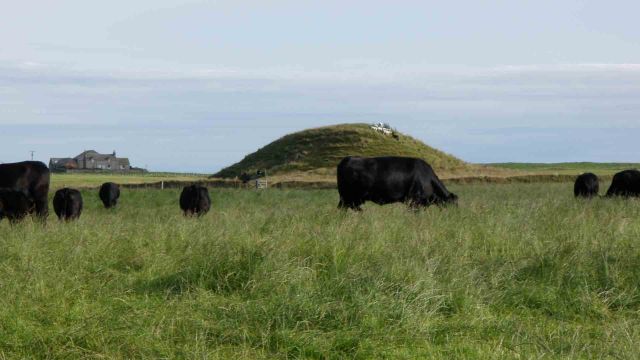
The huge mound of Maeshowe chambered tomb, which overlooks the Stones of Stennes, the Ring of Brodgar and the Ness of Brodgar, across the Loch of Harray.
Then we went to the third largest stone circle in Britain, the Ring of Brodgar. Recent research has revealed the actual quarries where many of the stones came from and it would appear they were selected for the colour of the rock.
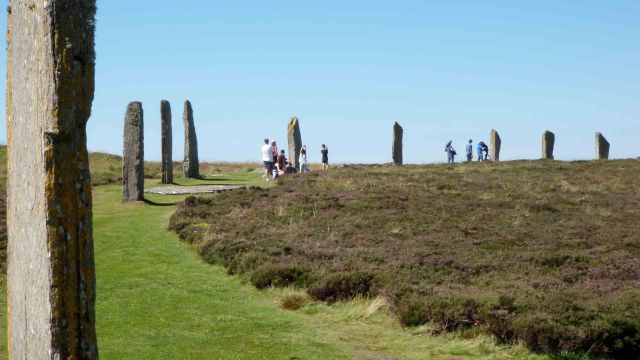
The great stone circle, the Ring of Brodgar (or Brogar). This huge monument is encircled by a large ditch and it was constructed late in the life of the Ness of Brodgar.
Around lunchtime we headed towards the centre of the narrow strip – known as the Ness of Brodgar – which separated the two lochs. Here, back in 2002, Time Team’s geophysicist, John Gator, and his Company (GSB Prospection), had revealed a huge complex of buried Neolithic remains, right at the centre of the Ness. They covered the entire strip of land, over a distance of about 250 metres and included an estimated one hundred (or more) Neolithic buildings. The discovery remains quite unprecedented. These buildings were erected, maintained and rebuilt, from about 3300 to 2300 BC. They are huge by Neolithic standards and were built superbly in the finest stonework possible, but it would seem they were never used as houses or as farm buildings. Instead, they are best described as ‘temples’. But unlike churches, which are kept clean and tidy, these buildings accumulated all sorts of finds: thousands of pieces of pottery, animal bones and stone tools, including some remarkable carved stone slabs. The finds are breath-taking.

The Ness of Brodgar excavations. Close-up of a perfect Neolithic wall (in Structure 12). It’s hard to believe this was constructed around 3000 BC.
The man in charge of the excavations is Nick Card. He’s a field archaeologist to his fingertips, but he also appreciates the importance of keeping the public involved. So visitors are welcomed. There’s a large viewing stand and fine dig shop. I could easily have spent a whole weekend there. Nick also has to raise the funds for the dig which he does through the normal routes, plus he runs a wonderful blog and many other fund-raising projects. But I know for a fact that money is still very tight; so if anyone out there has anything to spare, I can’t think of a better, more important project to support.
The complexity of the dig put me in mind of a deep urban site. Walls are beautifully preserved, and in some places buildings are built on top of earlier structures. There are ‘sealing off’ deposits, such as a thick carpet of cattle bones when one building was abandoned. But this wasn’t just a dump of bones, Nick told me there are quite strong hints that it was carefully and deliberately structured – indeed, like so much else at the Ness.
On the way to the airport we passed the Stones of Stenness, the other well-known site of this extraordinary landscape. I stopped the taxi and took this picture. It’s such a strange place: not just a simple circle and probably never ‘completed’ at all. In fact, we wonder now whether its builders had such an intention in the first place.

Some of the Stones of Stennes. I have always thought that these stones appear to be reaching upwards, towards the sky. But equally, they could be pointing towards worlds below the ground.
If you can, do please visit the Ness of Brodgar. The dig runs for another three weeks. If you can’t go this year, then go in 2014 – which promises to be yet another wonderful season. Who’d go on a world cruise or waste their time in a luxurious health spa, if they could visit Orkney? Not me – and that’s a fact.
So is the dig at the Ness of Brodgar somehow going to ‘demystify’ the site, or the other monuments around it? I don’t think so. You could excavate at Ely Cathedral till you were blue in the face; you could study theology till the Bible came out of your ears, but again, you’d never explain what lay behind them. And if you thought you had done it, you’d be wrong. Nick and his team are providing a factual basis for understanding when, and how, people built and used these remarkable buildings. But as at Ely, that’s one thing. It’s quite another to explain why we feel the way we do, when we visit these extraordinary places. Do they, or do we, generate the magical atmosphere? I don’t know, and to be frank, I don’t care: I’m just profoundly grateful that they move me, and everyone who visits them, so profoundly.

